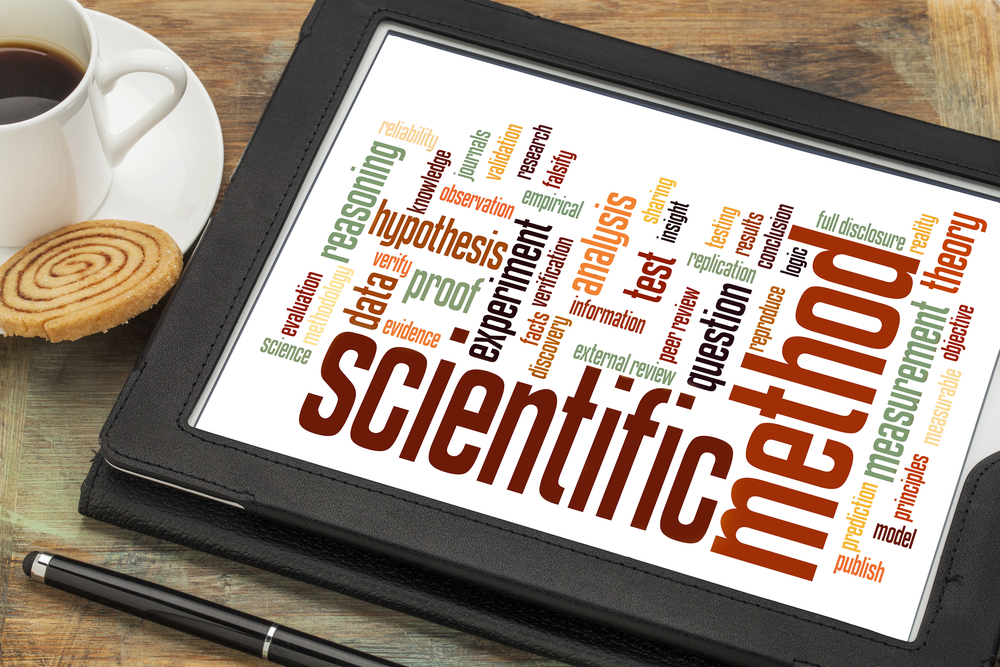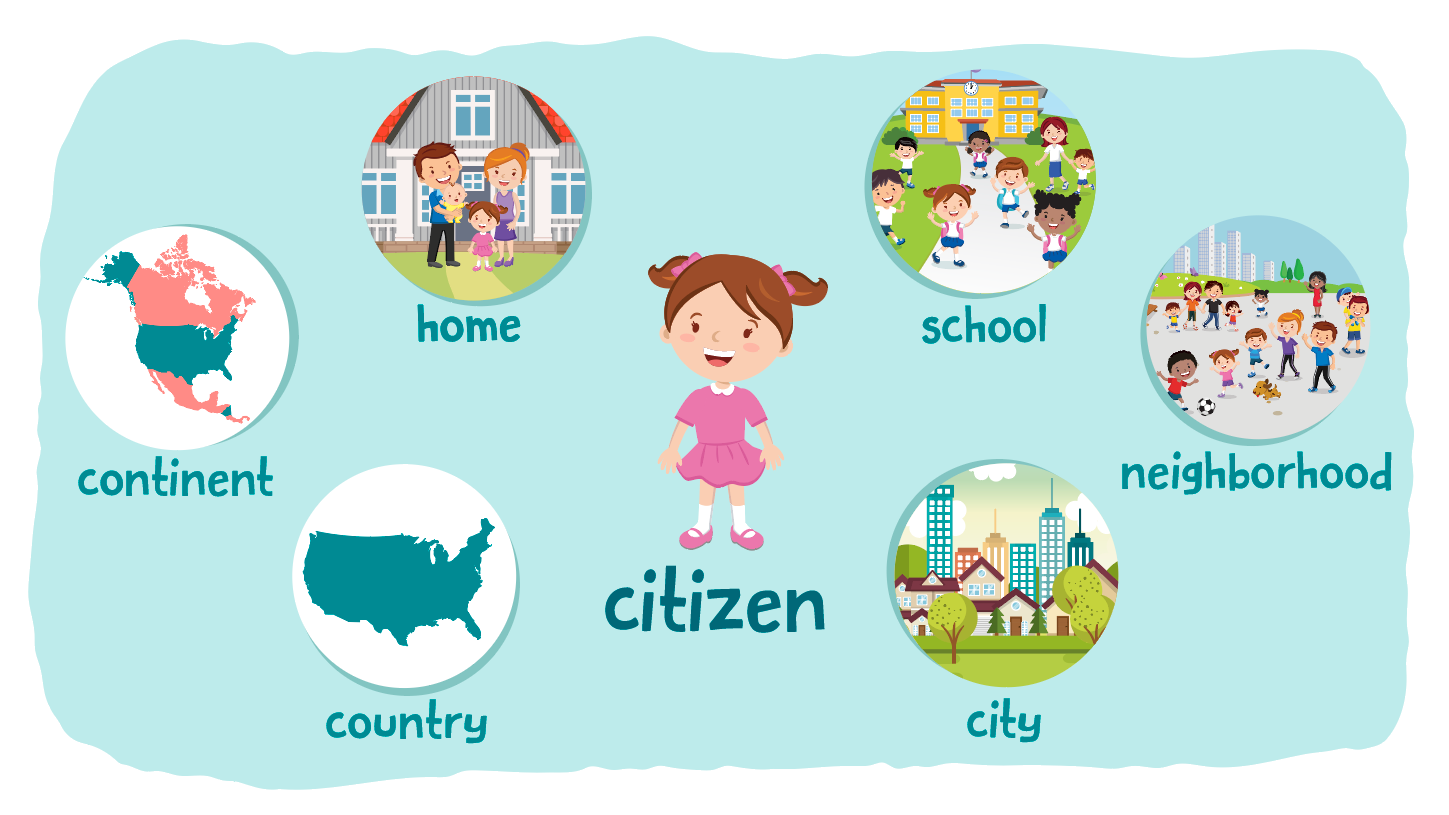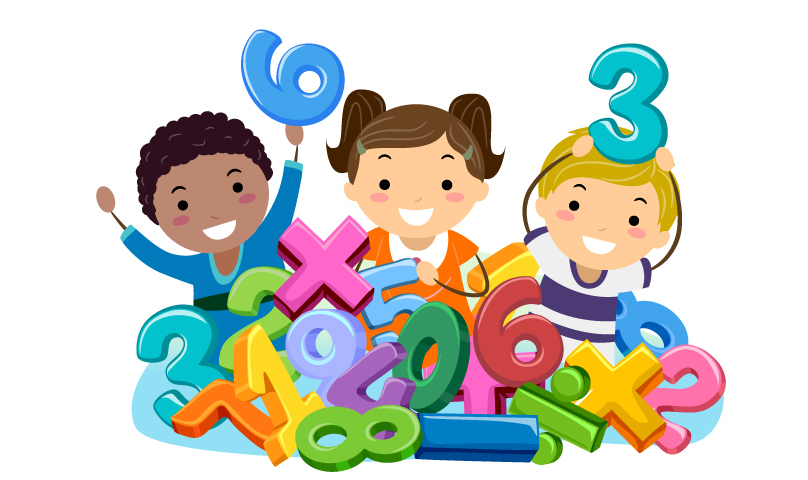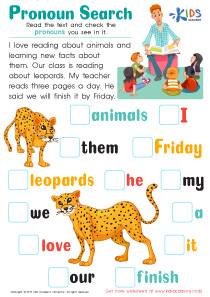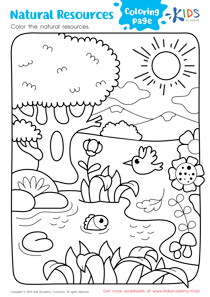Normal Tracing worksheets activities for Grade 3
35 filtered results
-
From - To
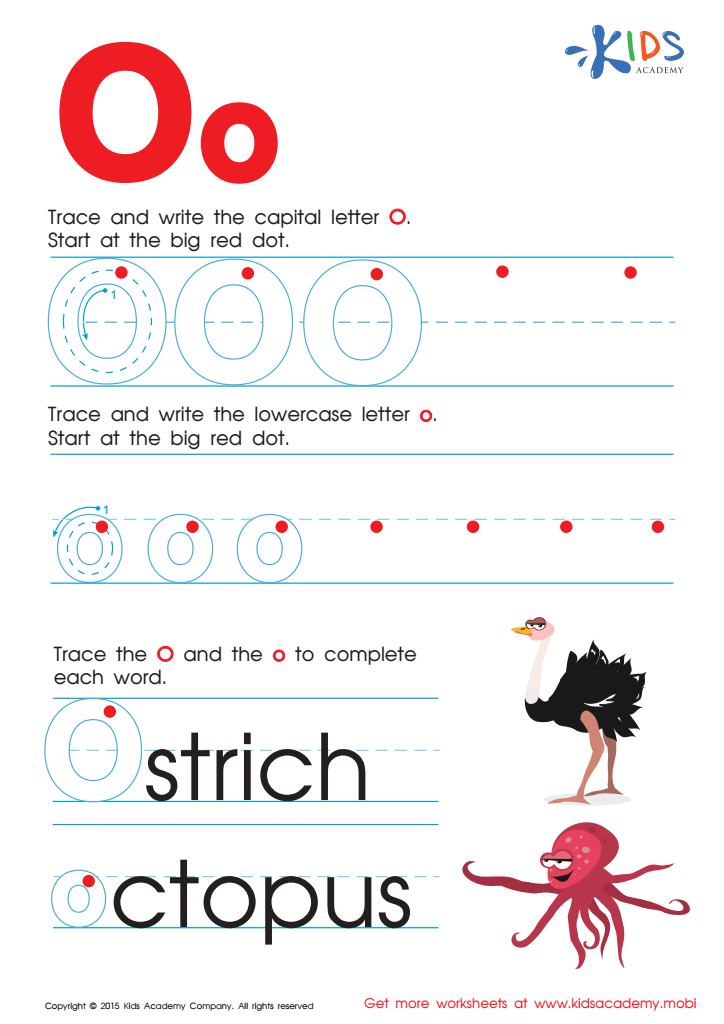

Letter O Tracing Page


Letter P Tracing Page
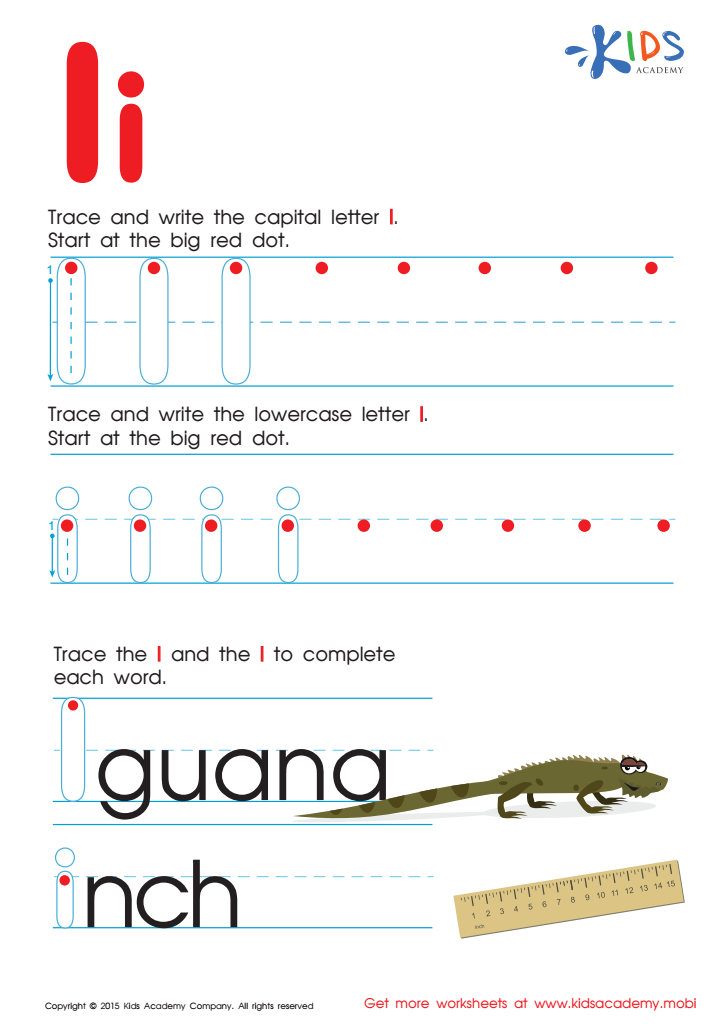

Letter I Tracing Page


Letter Q Tracing Page
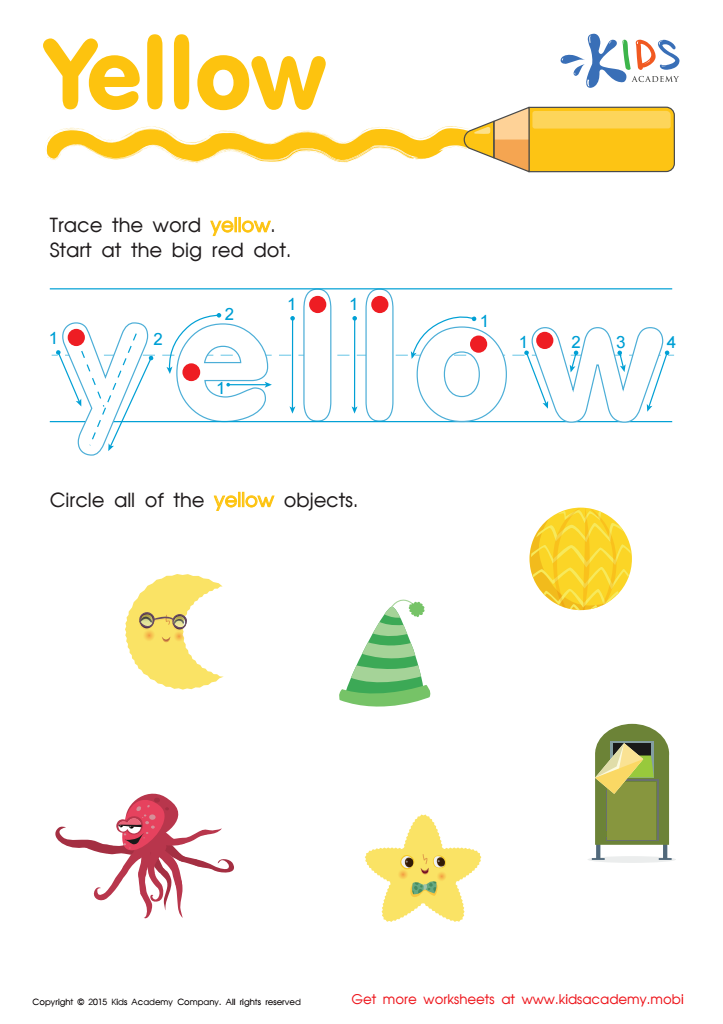

Yellow Tracing Color Words Worksheet
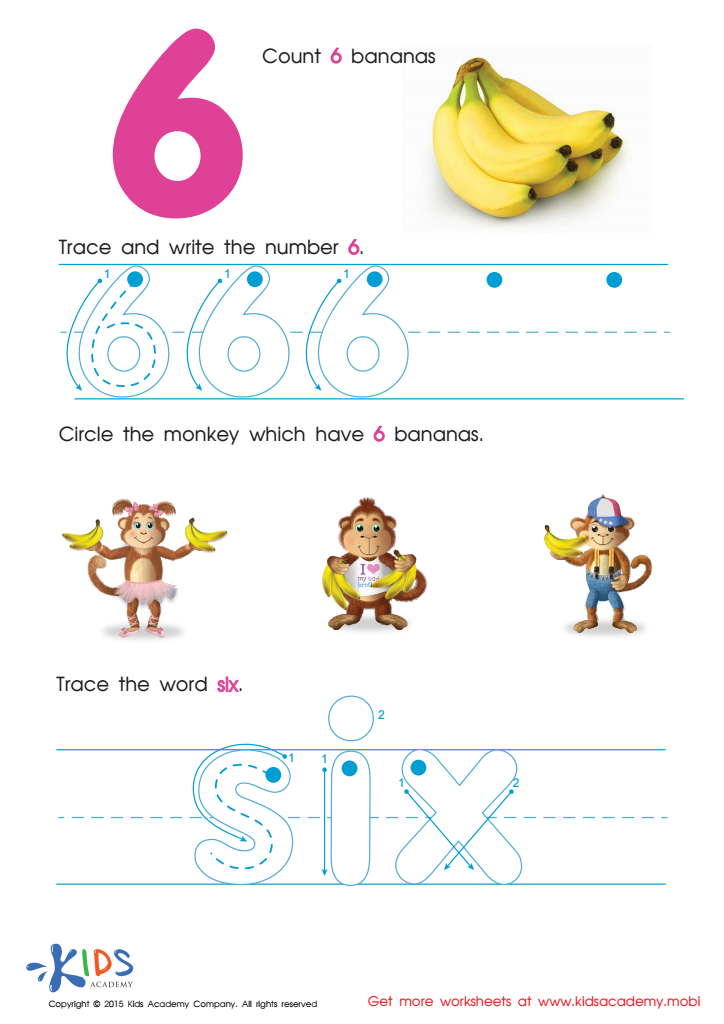

Tracing And Writing Number 6 Worksheet


Letter H Tracing Page
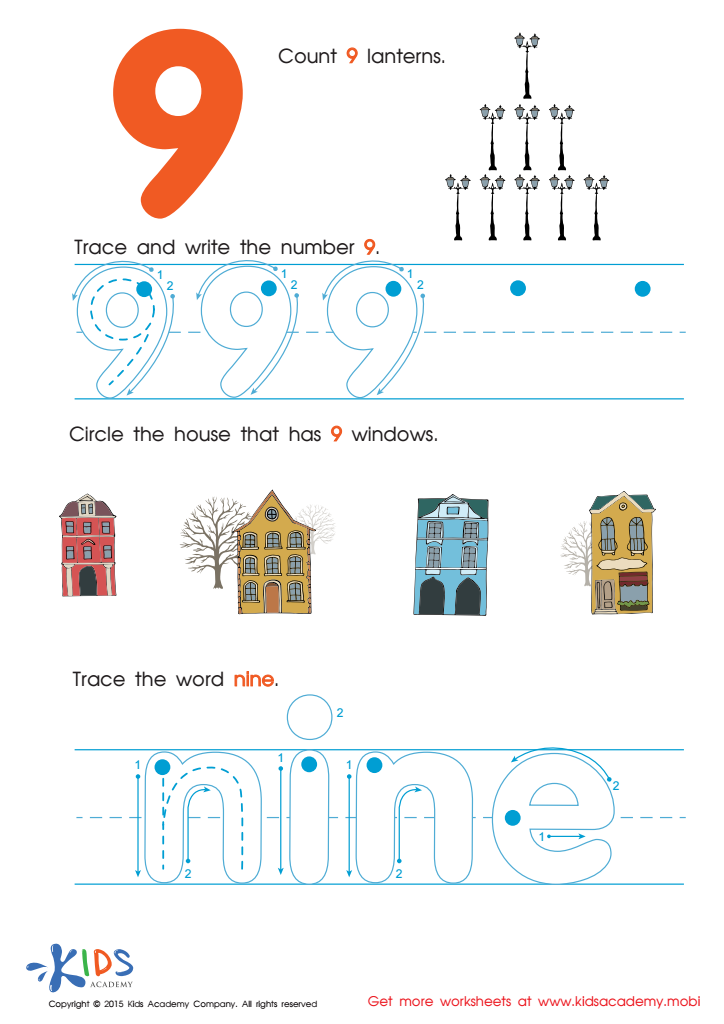

Tracing And Learning to Write Number 9 Worksheet
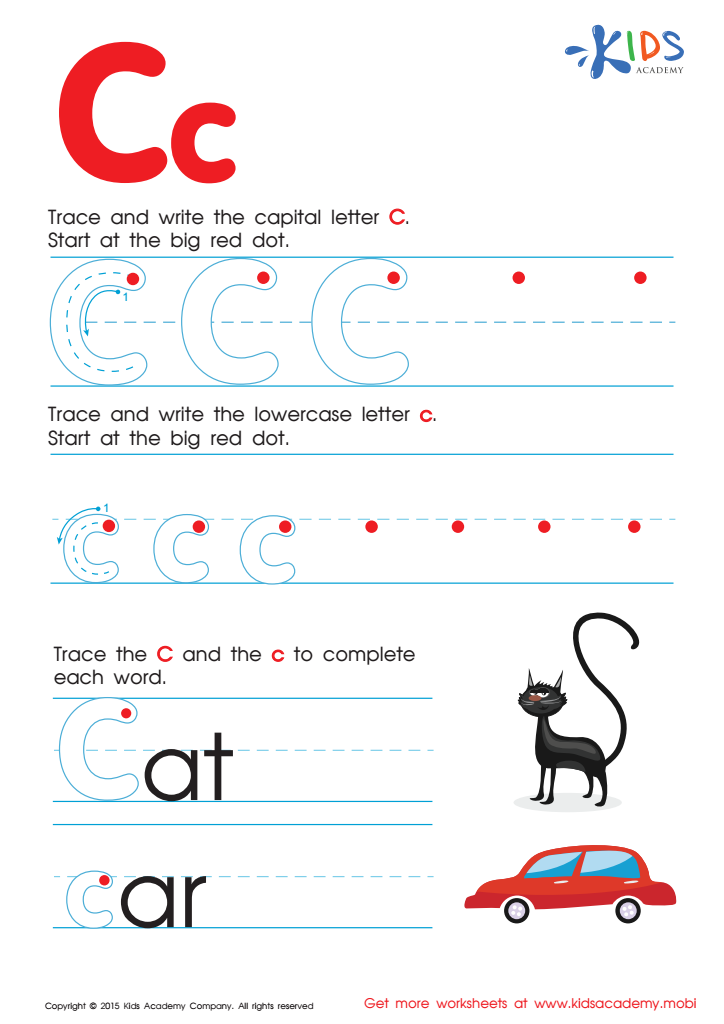

Letter C Tracing Page
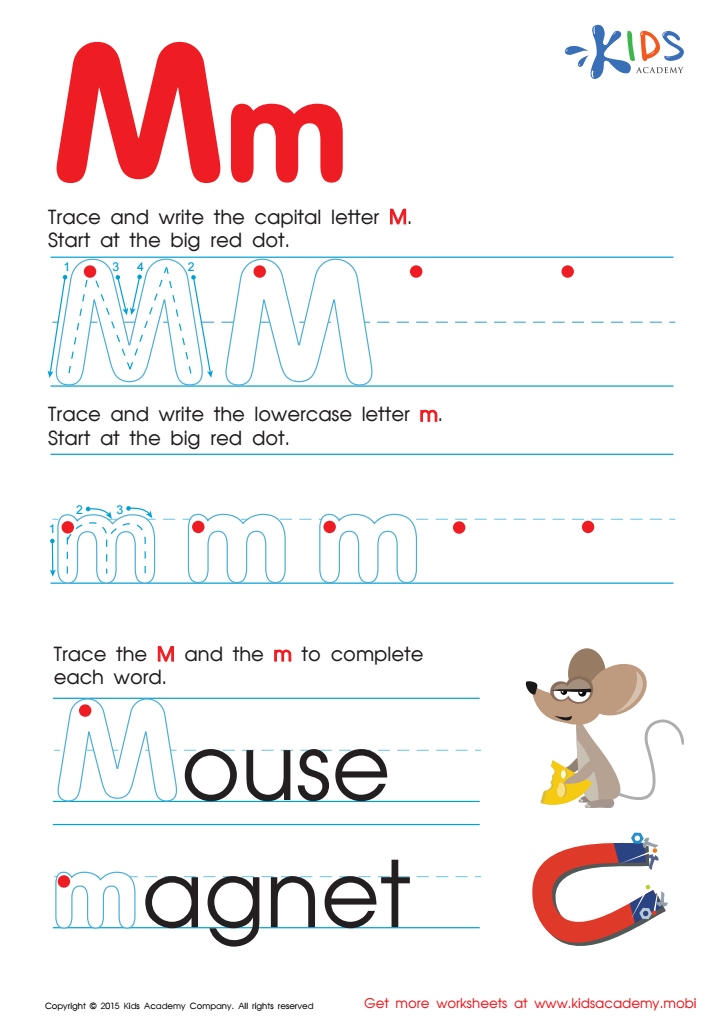

Letter M Tracing Page
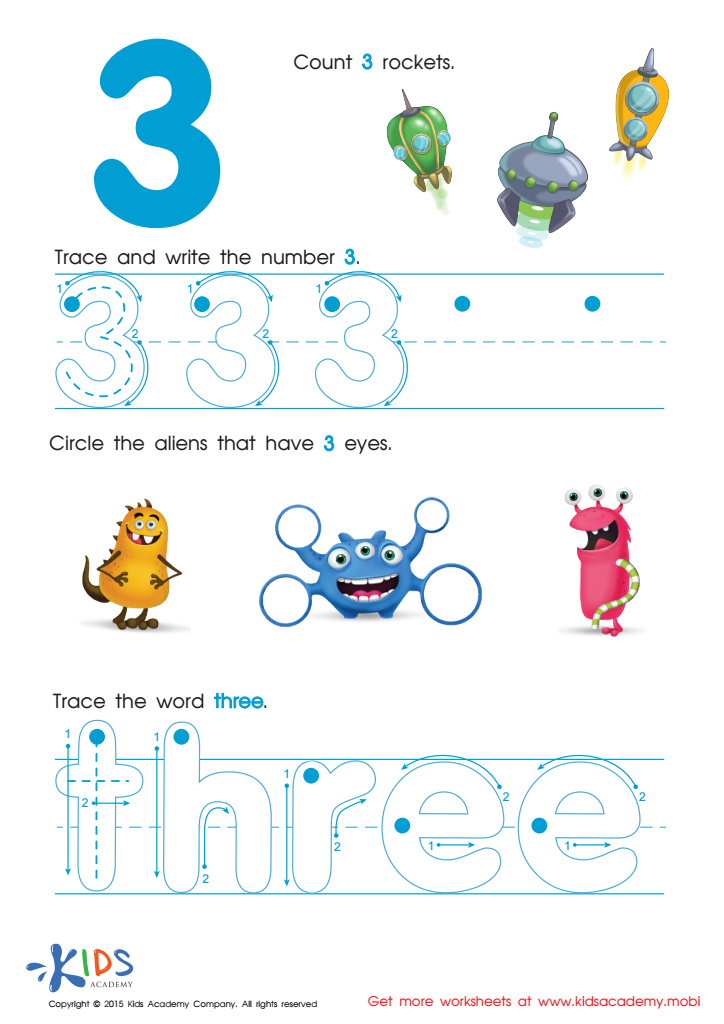

Learning Number Three Worksheet


Letter G Tracing Page


Pink Tracing Color Words Worksheet


Red Tracing Color Words Printable
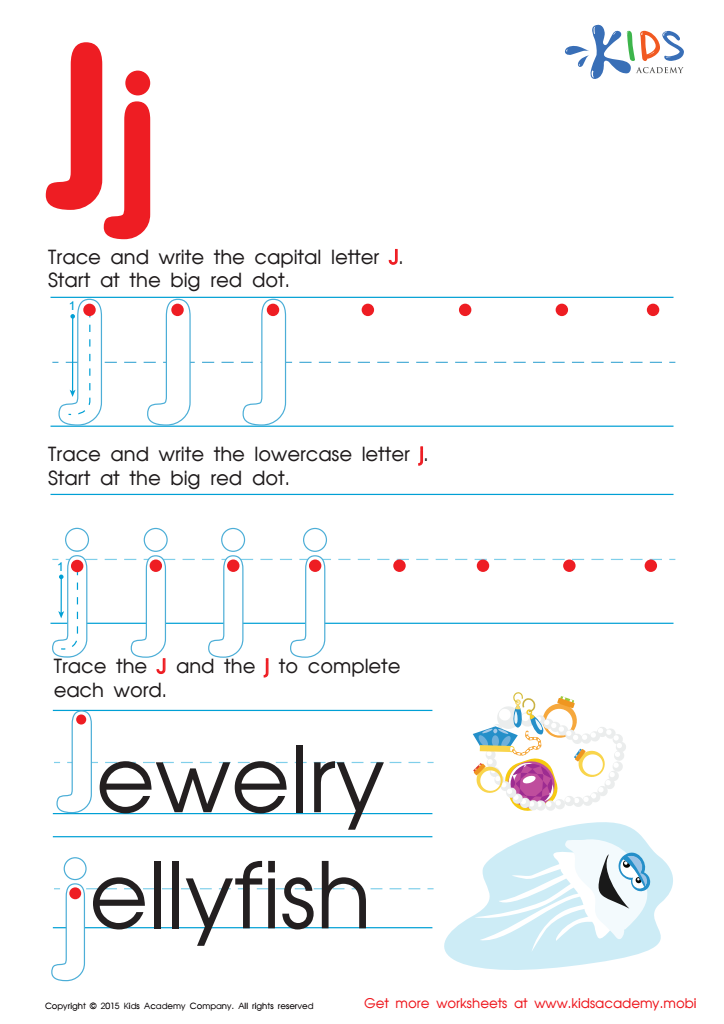

Letter J Tracing Page
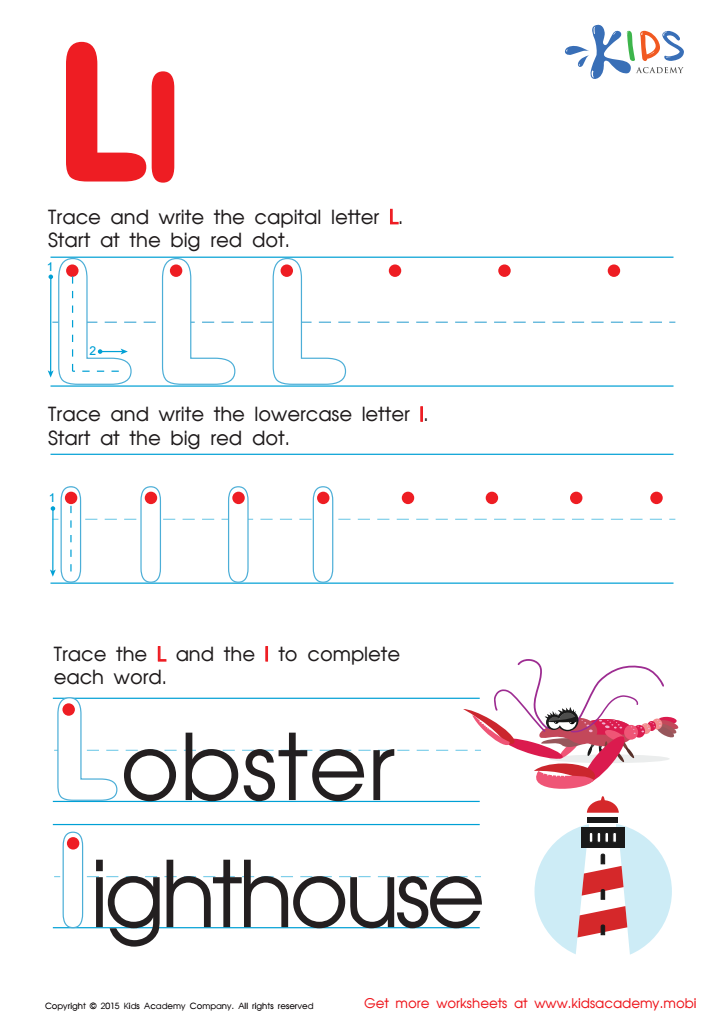

Letter L Tracing Page
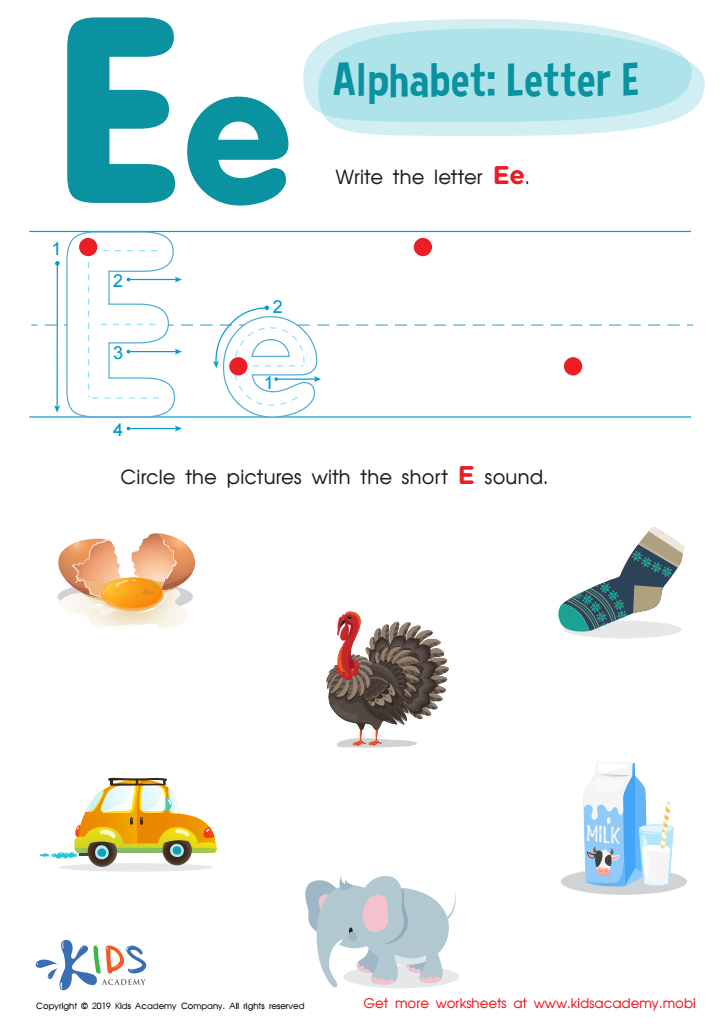

Letter E Tracing Worksheet
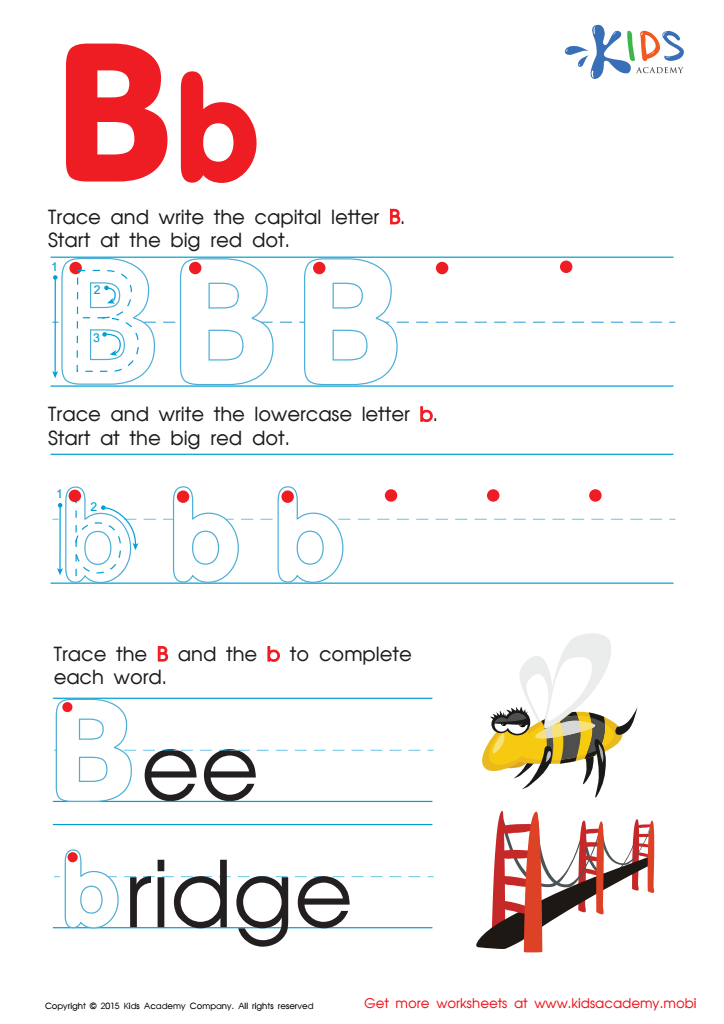

Letter B Tracing Page
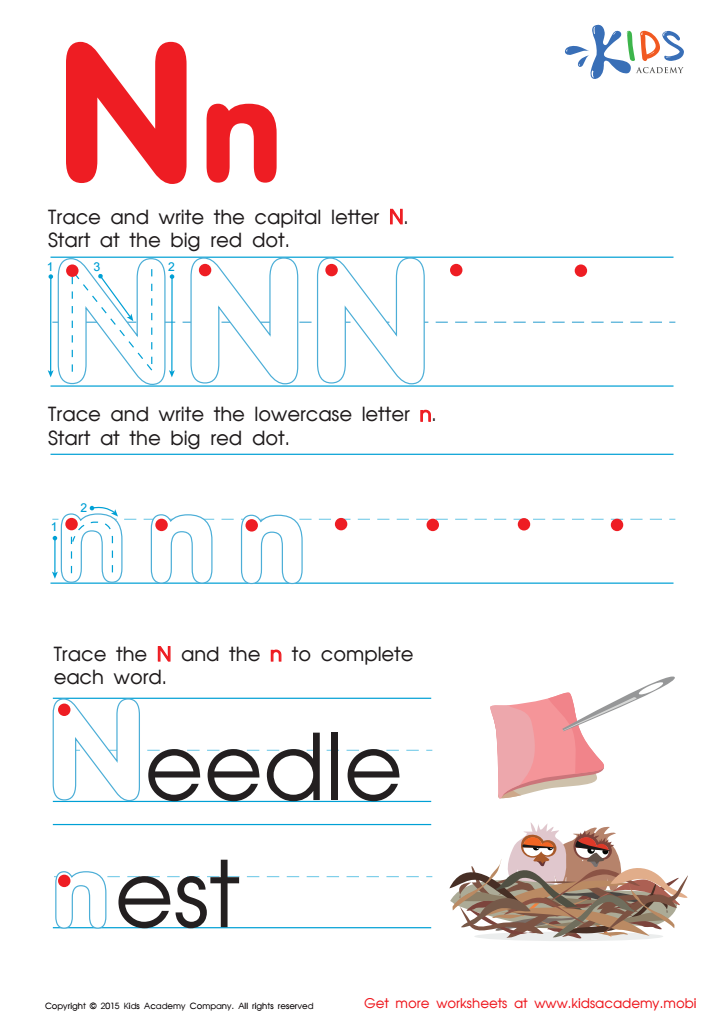

Letter N Tracing Page
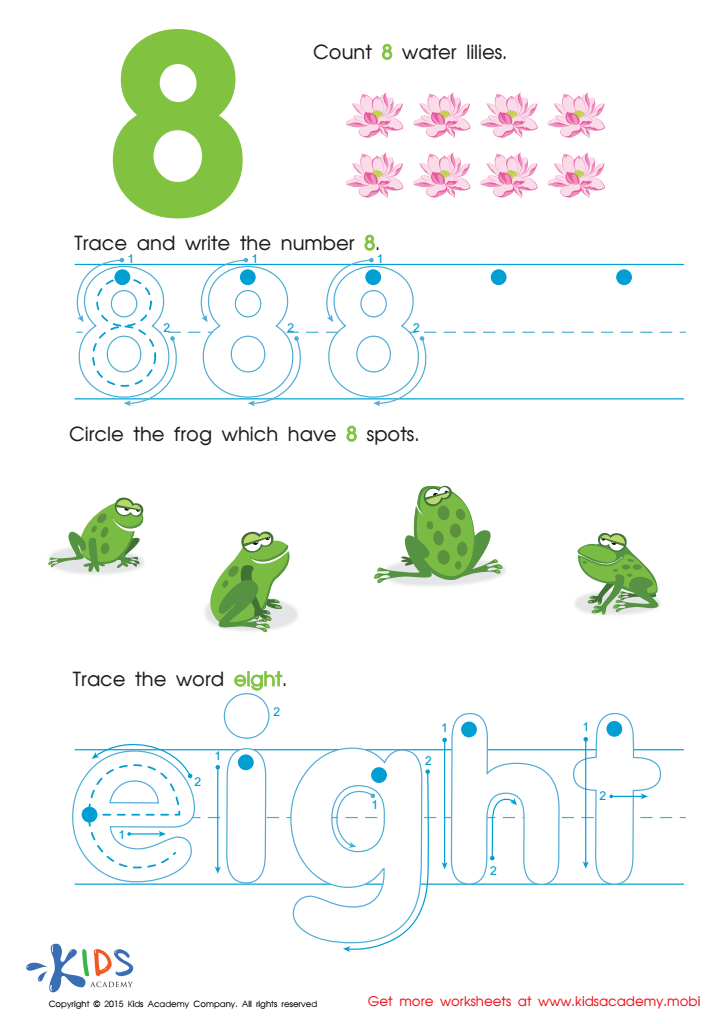

Learn Number 8 Easily Worksheet
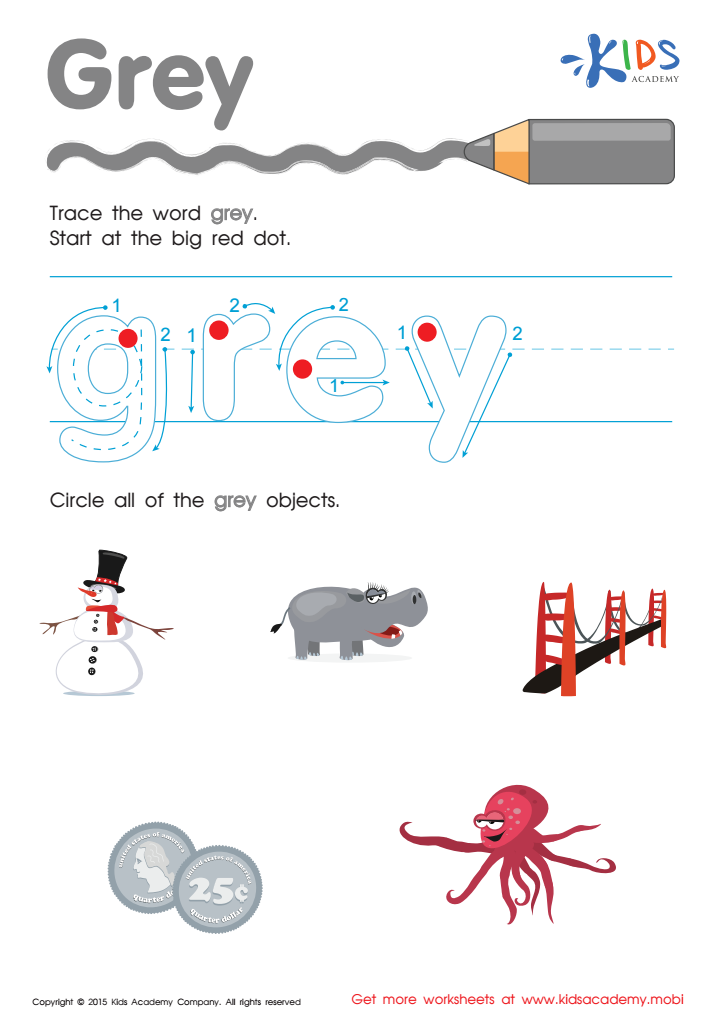

Grey Tracing Color Words Worksheet
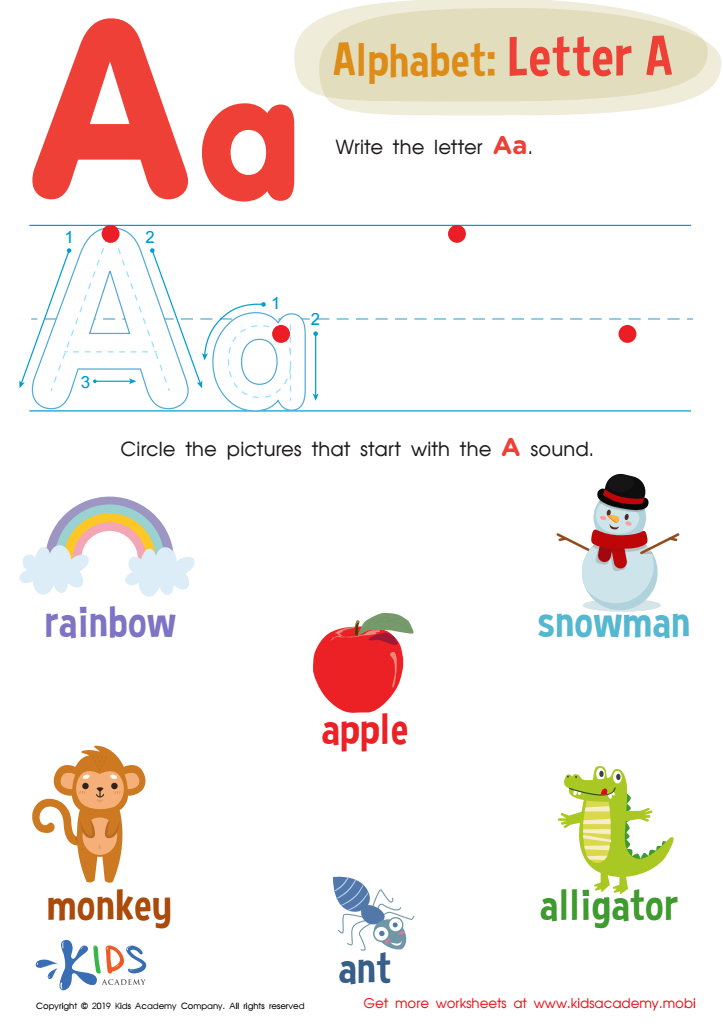

Letter A Tracing Worksheet
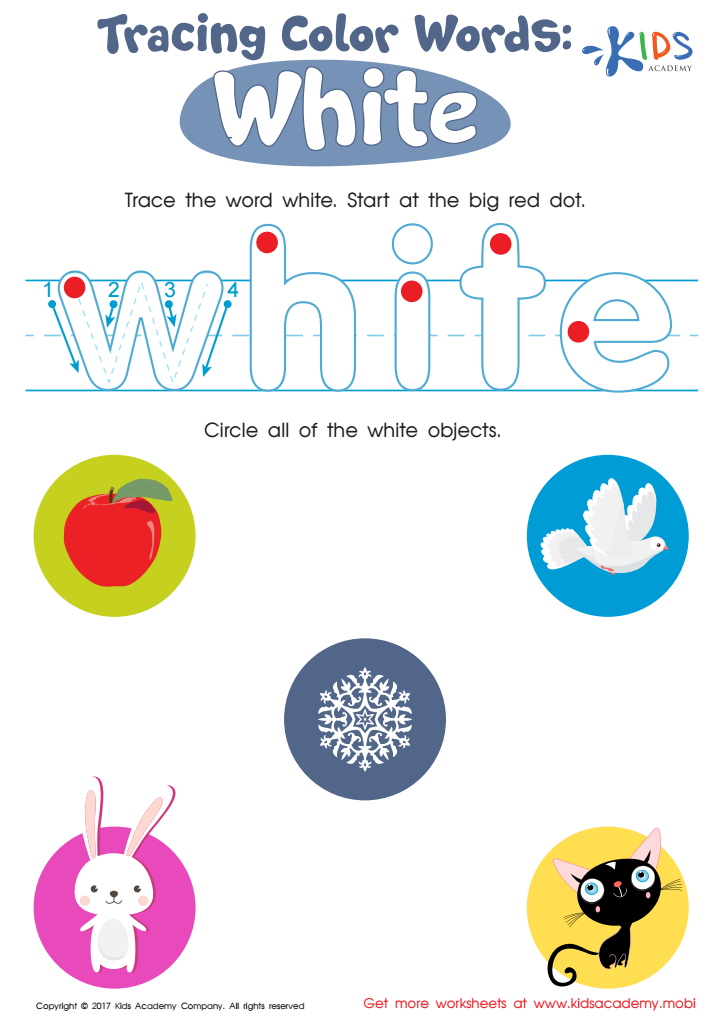

White Tracing Color Words Worksheet
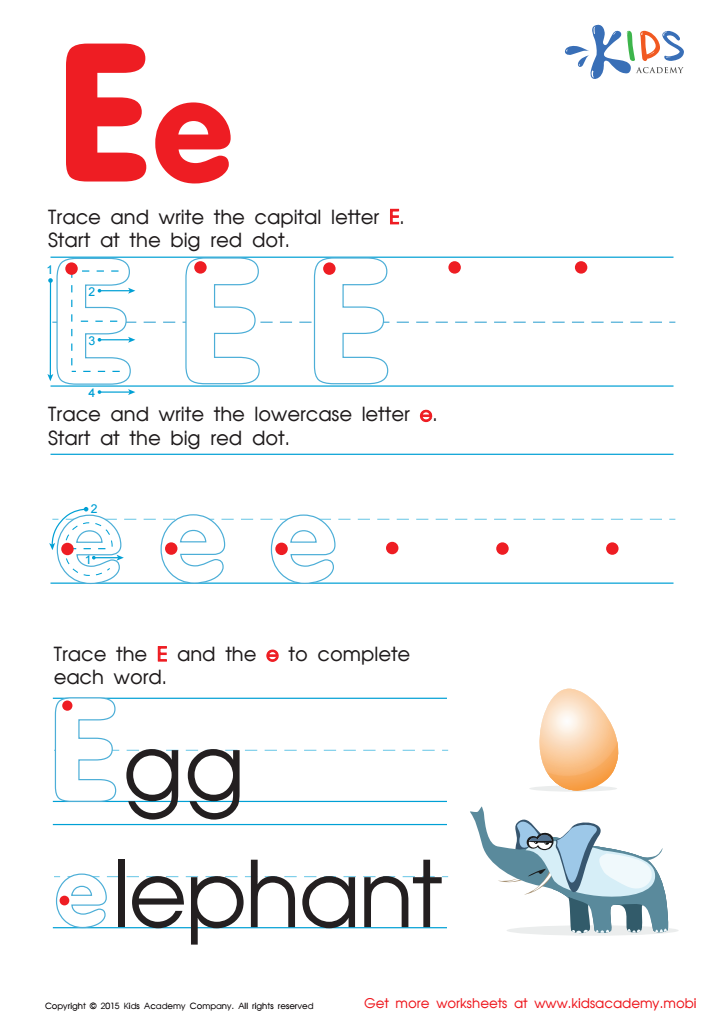

Letter E Tracing Page
Normal Tracing worksheets activities for Grade 3 are a fundamental tool in the development of young learners. These activities are designed to refine students' fine motor skills, enhance their handwriting abilities, and boost their confidence in penmanship. At the Grade 3 level, where students are transitioning from learning to write to writing to learn, Normal Tracing worksheets play a crucial role in reinforcing the skills necessary for effective written communication.
Firstly, Normal Tracing worksheets activities for Grade 3 aid in the development of fine motor skills. These activities require students to follow specific patterns and shapes, thereby improving their hand-eye coordination and manual dexterity. Such skills are not only essential for writing but also for other daily tasks, making these worksheets beneficial beyond the classroom.
Secondly, these tracing activities serve as a foundation for good handwriting. By practicing consistent strokes, curves, and lines, Grade 3 students learn to form letters and numbers correctly and legibly. This practice is vital as it affects the readability of their work, impacting their academic performance across subjects.
Additionally, Normal Tracing worksheets activities for Grade 3 are instrumental in boosting students' confidence. Mastering the art of tracing and subsequently seeing the improvement in their handwriting encourages students to take pride in their work. This newfound confidence can motivate them to engage more actively in class and take on more challenging writing tasks with enthusiasm.
Moreover, these worksheets provide a structured way for students to practice writing without the pressure of creating content. This focus on form allows for a more relaxed learning environment, where students can concentrate on improving their skills at their own pace.
In conclusion, Normal Tracing worksheets activities for Grade 3 are not only useful but essential in a well-rounded educational curriculum. They lay the groundwork for effective handwriting, which is a key component of academic success. Through the development of fine motor skills, improvement in penmanship, and the boosting of student confidence, these activities prepare young learners for the challenges of higher grades and beyond.
 Assign to My Students
Assign to My Students



